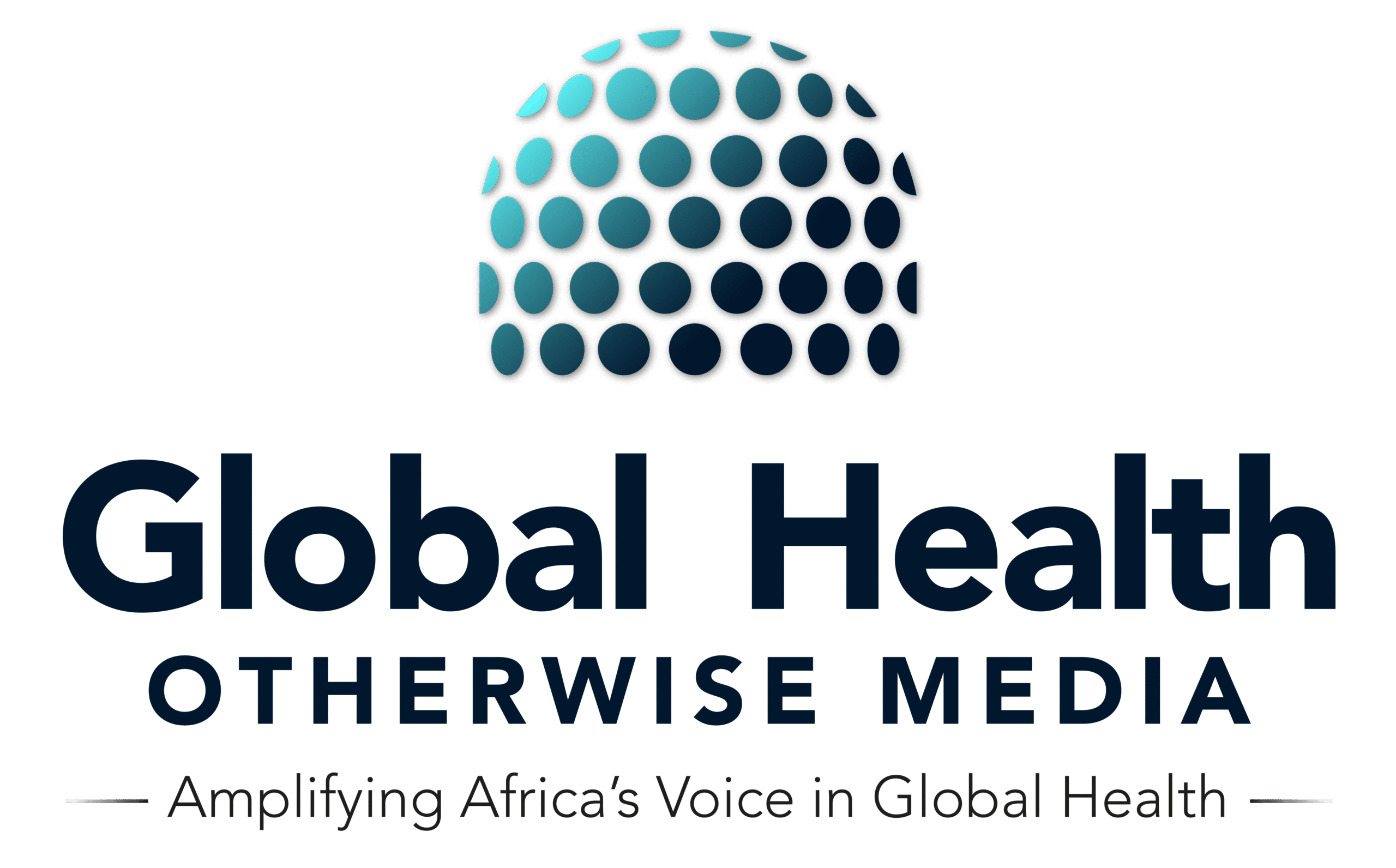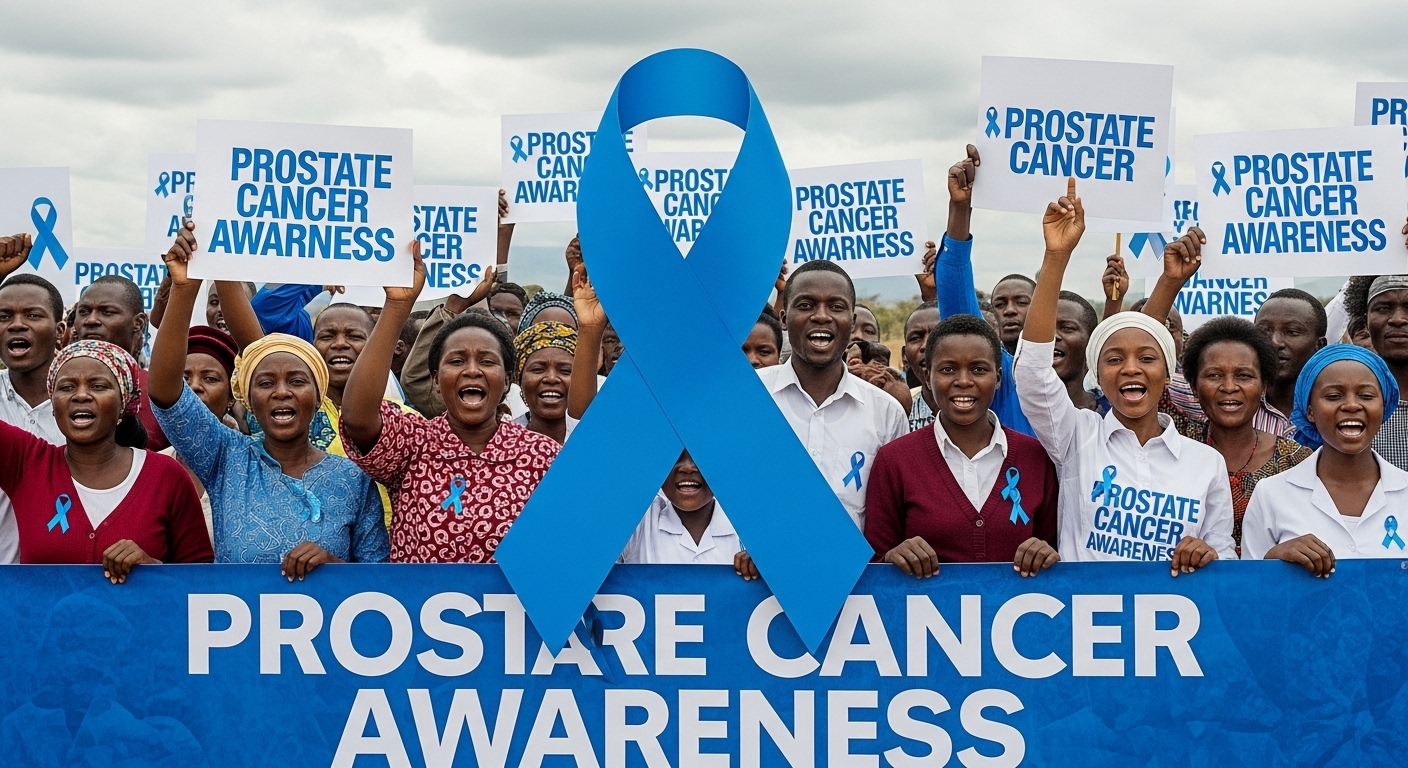Over the years, prostate cancer has been pushed to the periphery of global health discussions, often eclipsed by more visible cancers or relegated to the “men’s issue” shelf. Worth noting is that, prostate cancer is rising alarmingly, and it iss not waiting for permission to be taken seriously. With nearly 1.5 million new cases diagnosed annually, and more than 375,000 deaths globally, the time for silence has long passed.
The Disease That Whispers Until It Shouts
Prostate cancer often develops slowly, which makes early detection highly effective. In fact, survival rates for localized prostate cancer are near 100%, if caught in time. But therein lies the danger. The disease creeps in quietly, often without clear symptoms. Many men only seek help when the cancer has spread to the bones, liver, lymph nodes, and even the brain, a point at which treatment becomes more complex and outcomes more uncertain.
Prostate cancer cells can spread through the bloodstream and tend to form deposits in bones- especially in the spine- a process called metastasis which means “change of place”. This can be picked up by carrying out a bone scan, using a radioactive tracer that attaches damaged bone to produce a “hot spot”. Patients often complain of a constant, dull backache due to irritation of the sheath covering the bone, symptoms which are easy to ignore or attribute to aging. As the cancer progresses, symptoms like persistent backaches, pelvic discomfort, or difficulty urinating, blood in semen may appear. By then, treatment options are far more limited.
In many low- and middle-income countries (LMICs), this delayed detection is tragically common. This, can be attributed to the poor infrastructure for early screening or its complete absence. For men in sub-Saharan Africa, the Caribbean, and parts of South Asia, prostate cancer is a death sentence not because it is untreatable, but because of its late detection.
Olympic cycling legend Sir Chris Hoy knows the heartbreak of such a diagnosis, “no symptoms, no warnings, all I had was some pain on my shoulder. I assumed it was going to be tendonitis or something, but when the scan results came back it was a tumor. That was devastating”, he tells BBC sport. His cancer was discovered at stage 4 -already a terminal illness, making it incurable but manageable. But biology is only part of the story. The deeper crisis lies in who gets diagnosed and who does not.
Equity, Stigma, and the Gender Blind Spot
While global health efforts have made remarkable strides in women’s health as it should, men’s health has been left behind. Prostate cancer receives neither the funding nor the attention that similar conditions do. There is no blue-ribbon movement to rival the pink wave for breast cancer. Public awareness campaigns are sparse, and cultural stigma keeps men silent especially in Africa, Asia, and the Caribbean, where masculinity is often tied to stoicism and emotional restraint.
Men are reluctant to discuss urinary issues, erectile dysfunction, or pelvic pain even with doctors. Add to that the shortage of urologists WHO data, reveals that several African countries have fewer than one urologist per 500,000 people. Most rural clinics lack even the basic tools to perform a prostate-specific antigen (PSA) test which is a simple blood test that measures the level of prostate-specific antigen, a protein produced by the prostate gland. Elevated PSA levels can be an early warning sign of prostate cancer, though they may also indicate non-cancerous conditions like an enlarged or inflamed prostate. While not a definitive diagnostic tool, the PSA test is a crucial first step in detecting prostate issues early, before symptoms appear and guiding decisions about further testing or treatment.
Innovation Meets Tradition: The New Frontlines
Despite years of neglect, the future of prostate cancer detection holds real promise. Breakthroughs in diagnostics from urine-based biomarker tests to AI-enhanced imaging are making early detection faster, less invasive, and increasingly affordable. In low-resource settings, innovation is finally meeting access. In Rwanda, organizations like Partners In Health are exploring community-based cancer screening models, while in India, digital health startups are discreetly integrating PSA testing into general wellness packages. These shifts are not just technological, they represent a growing global commitment to bringing early detection closer to where men live, work, and age.
Digital health campaigns are also gaining momentum, tapping into influencers, humor, and storytelling to reshape men’s health norms. Organizations like Movember and Men’s Health Foundation are leveraging influencers and social media to disrupt the culture of silence. In Kenya, TikTok creators like “The Urologist” Dr. Patrick Muigai are using humor and straight talk to get men to pay attention and book a screening.
Policy and Investment: Beyond a Men’s Issue
However, innovation and awareness alone are not enough. Prostate cancer is often framed as a clinical challenge, yet its prevention and early detection are deeply political. In many parts of the world, men’s health remains under-prioritized in national health plans, leaving critical gaps in screening, awareness, and access to care. If countries are serious about achieving universal health coverage, they must start treating prostate cancer prevention as a health development priority, not a private concern.
The fight against prostate cancer goes beyond medicine, it is a matter of public policy and equity. Universal health coverage must include access to routine screenings and early detection for men, particularly in low-resource settings where stigma and cost remain barriers. Health ministries have a responsibility to invest in male-specific outreach, train primary care workers to recognize early signs, and integrate prostate cancer into national non-communicable disease strategies.
The private sector also has an important role to play. Pharmaceutical companies can for example accelerate innovation by funding research into non-invasive diagnostics, while insurers can offer subsidized or bundled screening packages for men over 50.
A Global Imperative
Prostate cancer may be a silent disease but we cannot afford to be silent about it. The global health community must raise its voice and urgency around men’s health. It is time for international funders, policymakers, and health advocates to back the blue ribbon with the same commitment we have long seen for breast and cervical cancer.
The truth is simple, catching prostate cancer early saves lives. With the right investment in awareness, screening, and access to care, countless deaths can be prevented. No man, whether in Nairobi, New Delhi, or New Orleans should die from a disease we already know how to detect and treat.



